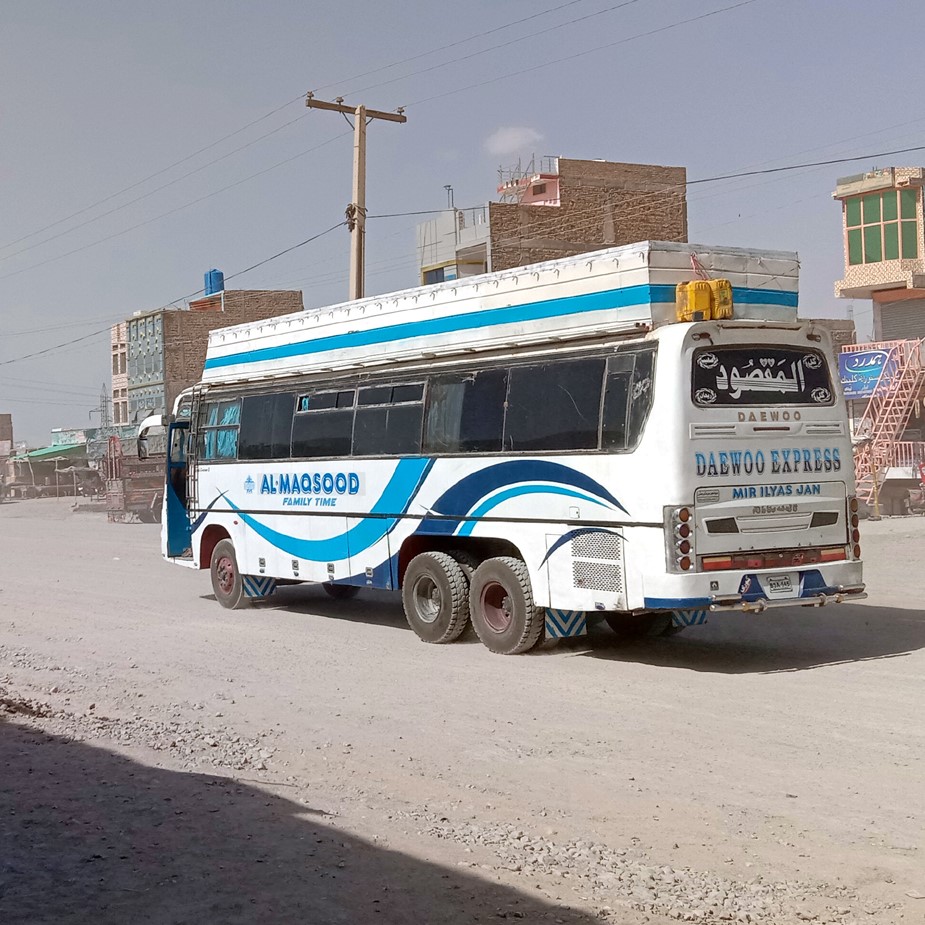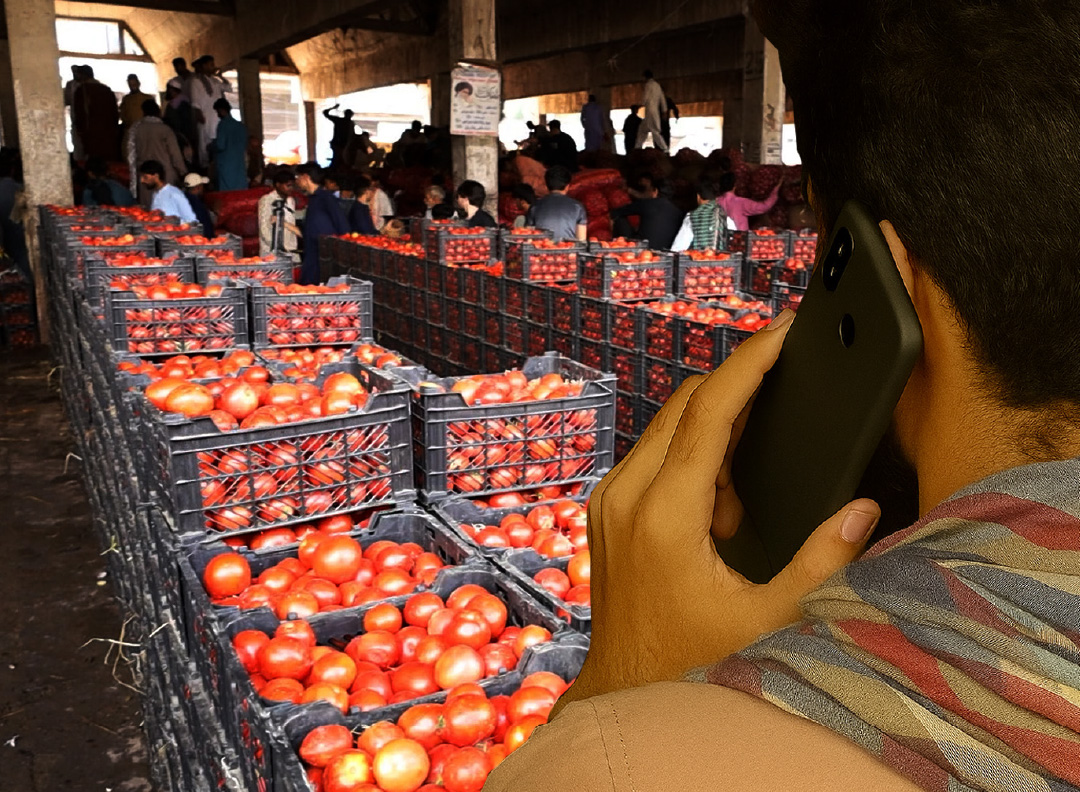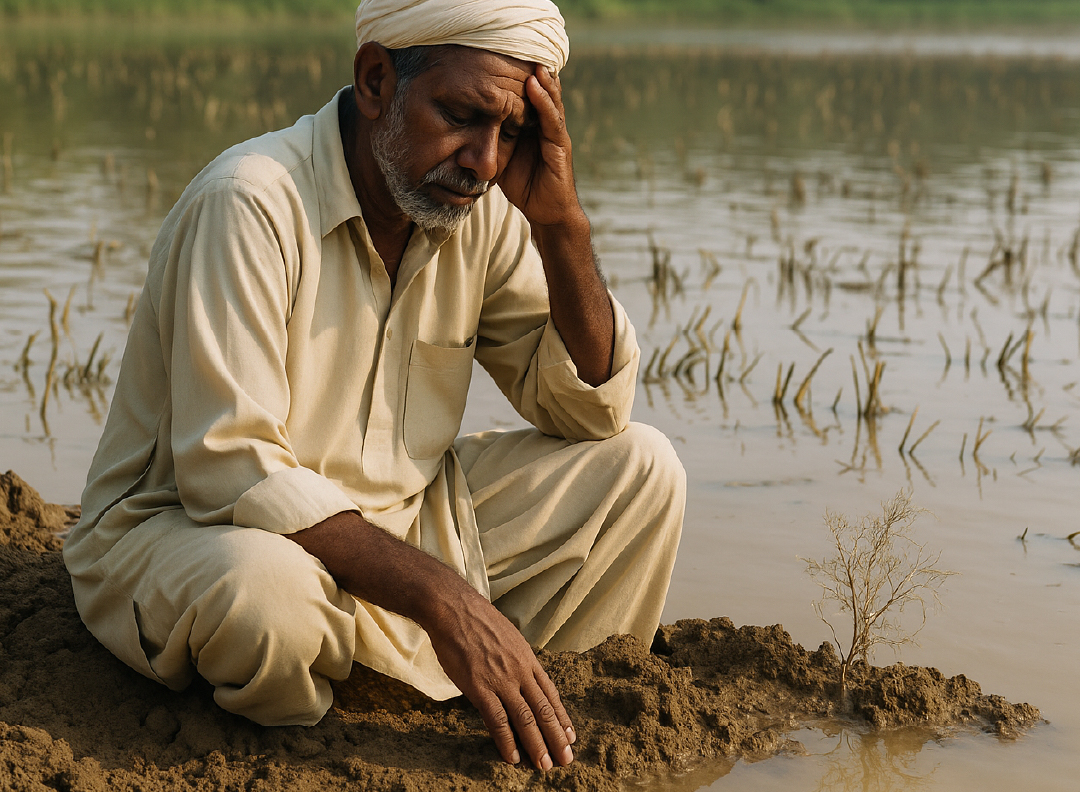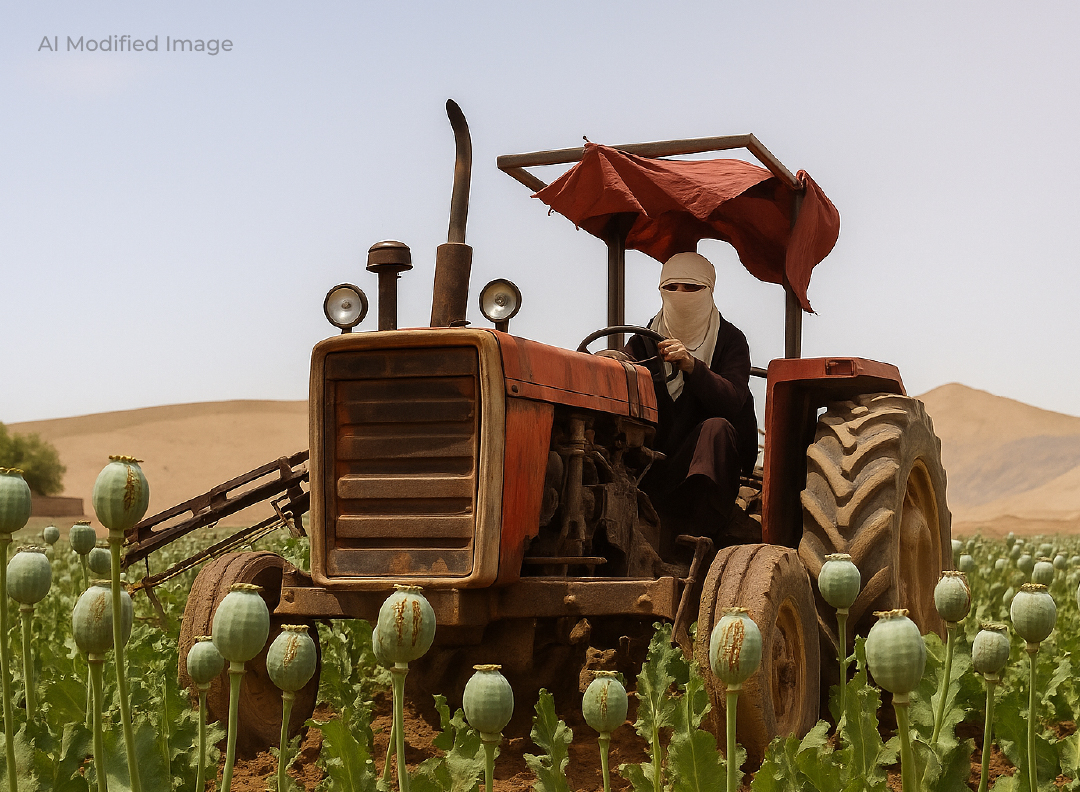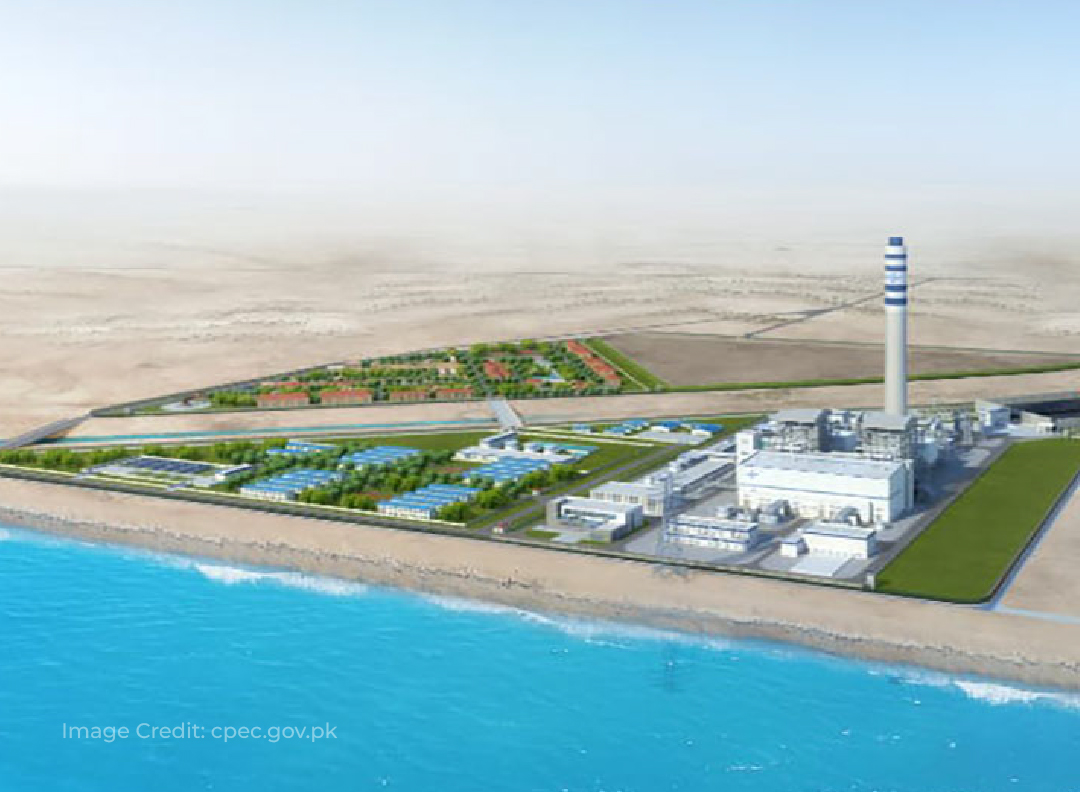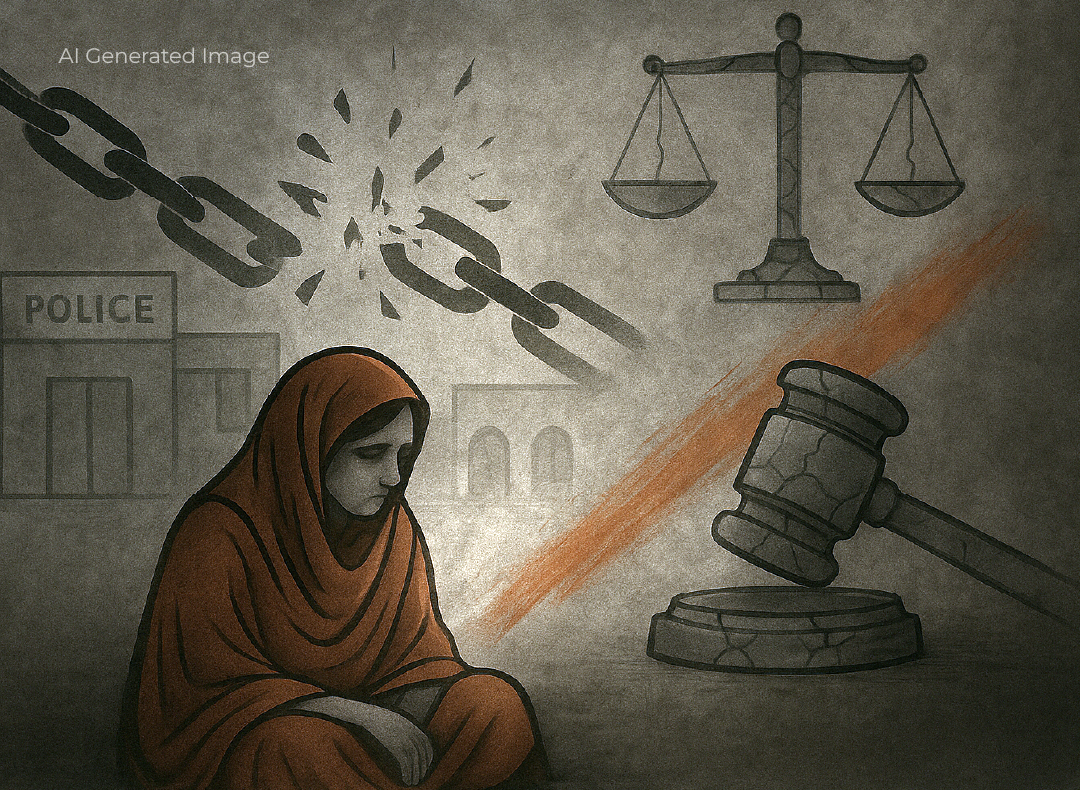In 1988, a master plan was created to develop Quetta, including constructing a commercial zone in Hazar Ganji, a city suburb – the project aimed to reduce traffic congestion and environmental pollution. However, even after 35 years, the project remains incomplete.
For this project, the Balochistan government allocated 604 acres of land in 1988, and work on 463 acres started in June 1991. At that time, Quetta's population was 430 thousand, which has increased to 2.6 million. The plan was designed to cater to the needs of the growing population in the future. It included several parts that were supposed to be completed gradually within 20 years.
According to QDA Chief Engineer Sulaiman Tahir Khan, the Hazar Ganji Commercial Zone construction was supposed to cost 29.8 million rupees. The zone was allocated with specific areas: 36 acres for the fruit and vegetable market, 68 acres for bus stands, 47 acres for a truck stand, 81 acres for the auto market and workshops, and 17 acres for Bardana and wheat market.
The plan included the construction of a dry fruit market on 27 acres of land, a business centre on 46 acres, a four-acre mini truck stand, and a housing scheme (Shalkot Housing) on 141 acres.
Sulaiman Tahir says that all the mentioned business activities, except the auto market and workshops, have been shifted to Hazar Ganji. However, he admits that some parts of the project could not be completed due to a lack of attention by the government and the administration.

However, Syed Abdul Khaliq Agha, President of the Central Anjuman Traders of Hazarganj, who has been doing business there for three decades, disagrees with the claim of the chief engineer. He says the objectives of creating a commercial zone have not been fulfilled. Bus and minivan depots are still in the city centre. Karachi Bus Terminal, Business Center, and Shalkot Housing Scheme are yet to be completed. Although the truck stand and fruit and vegetable market were shifted there in June 1998, the area's problems persist and are increasing.
Sher Ali does business in the fruit and vegetable market here. He says that goods come from Afghanistan and Iran to Hazarganj, and supply is done all over the country. More than 2000 vehicles come to the market. However, fruits and vegetables often spoil due to the lack of a proper shed at the auction site.
The auction platform of seven hundred feet is occupied by the mashakhors (retailers), leaving no space for unloading fruits and vegetables. The mashakhors have been allotted 866 plots covering 23 acres in Phase II, but their possession of the platform remains intact, causing issues with the unloading process.
Business leader Syed Abdul Khaliq Agha says that Hazar Ganji contributes more than 31.68 million rupees annually to QDA through plot transfer fees alone. Additionally, business centres, garages, and plots in the Shalkot housing scheme also generate at least three lakhs in the name of a passive fund. The agriculture department receives Rs 5.5 crore annually from the vegetable market and Rs 20 lac from the auction. However, despite these revenues, no department focuses on solving the problems.
QDA Director State, Syed Anwar Shah, blames the delay in the completion of the project on the allottees.

He claims that the people who were allotted land in this project have yet to pay any installments since 1990. The governing body of QDA has decided that the plots of the allottees who have not submitted half of the instalments will be cancelled. If the traders pay the instalments, NOCs will be issued to them to work in the Shalkot Housing Scheme. Karachi Quetta Bus Terminal Transporters have been issued offer letters again for the plots, but no response has been received.
However, Abdul Khaliq Agha disagrees with the State Director's statement. He says there were 8,021 plots in the Hazarganji zone, and the businessmen have paid all the instalments except those related to Karachi Bus Terminal.
Mir Hikmat Ali Lahri, President of Quetta Karachi Coaches Union, says that the bus companies are willing to pay the instalments for the bus stand land. However, QDA demands all the money in cash, which he feels would leave them in a difficult situation.
He says that there is no water or electricity at the Hazarganji terminal. Buses could be shifted to this terminal within a day if basic facilities were available. However, there is no point in putting passengers in trouble in an open field.
Also Read
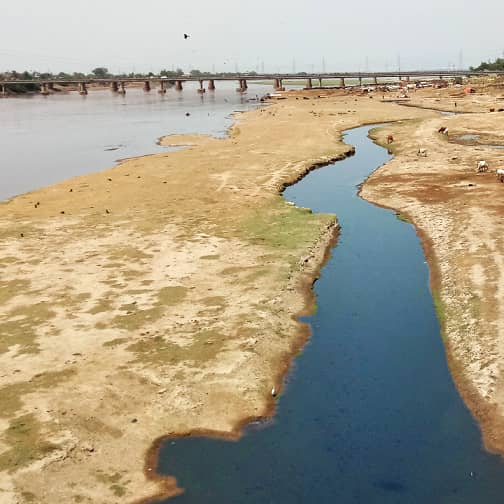
A recipe for disaster: How Ravi River Front will harm the ecology of a dying river
The President of the Dry Fruit Association, Hamdullah Khan Tareen, says a dry fruit business centre was also planned to be built in the commercial zone. He received a work order after paying for the place. However, before the work could properly start, some people occupied a few plots there, and the land is still under their possession.
Director State, Anwar Shah, believes that completing the commercial zone could have solved many problems of the city, but the district administration did not play any role in this regard. On his complaint, when we contacted the Deputy Commissioner's office, an officer said on condition of anonymity that this allegation is baseless and QDA itself has not taken any practical steps about it.
Chief Minister Mir Abdul Qudus Bizenjo is the chairman of QDA. His spokesperson, Babar Yousafzai, assures Lok Sujag that the project will be completed by the end of this year, and the Chief Minister is taking it seriously.
He said that the bus owners had approached the court against the transfer of minibus stands. There is also a pending petition on traffic issues in the court. The government is trying to solve all the city's problems as soon as possible, and efforts are ongoing for that.
Published on 21 Jul 2023
